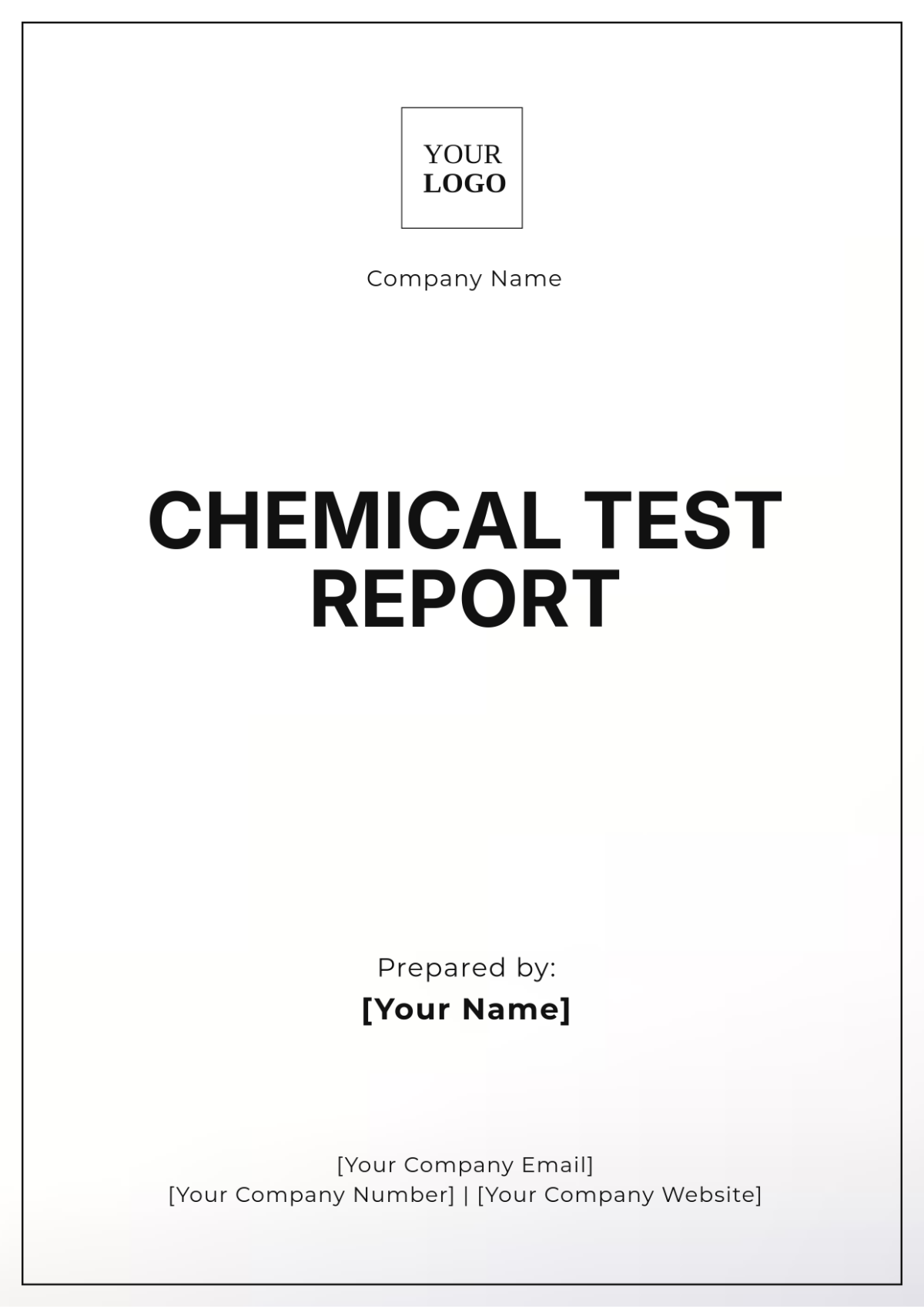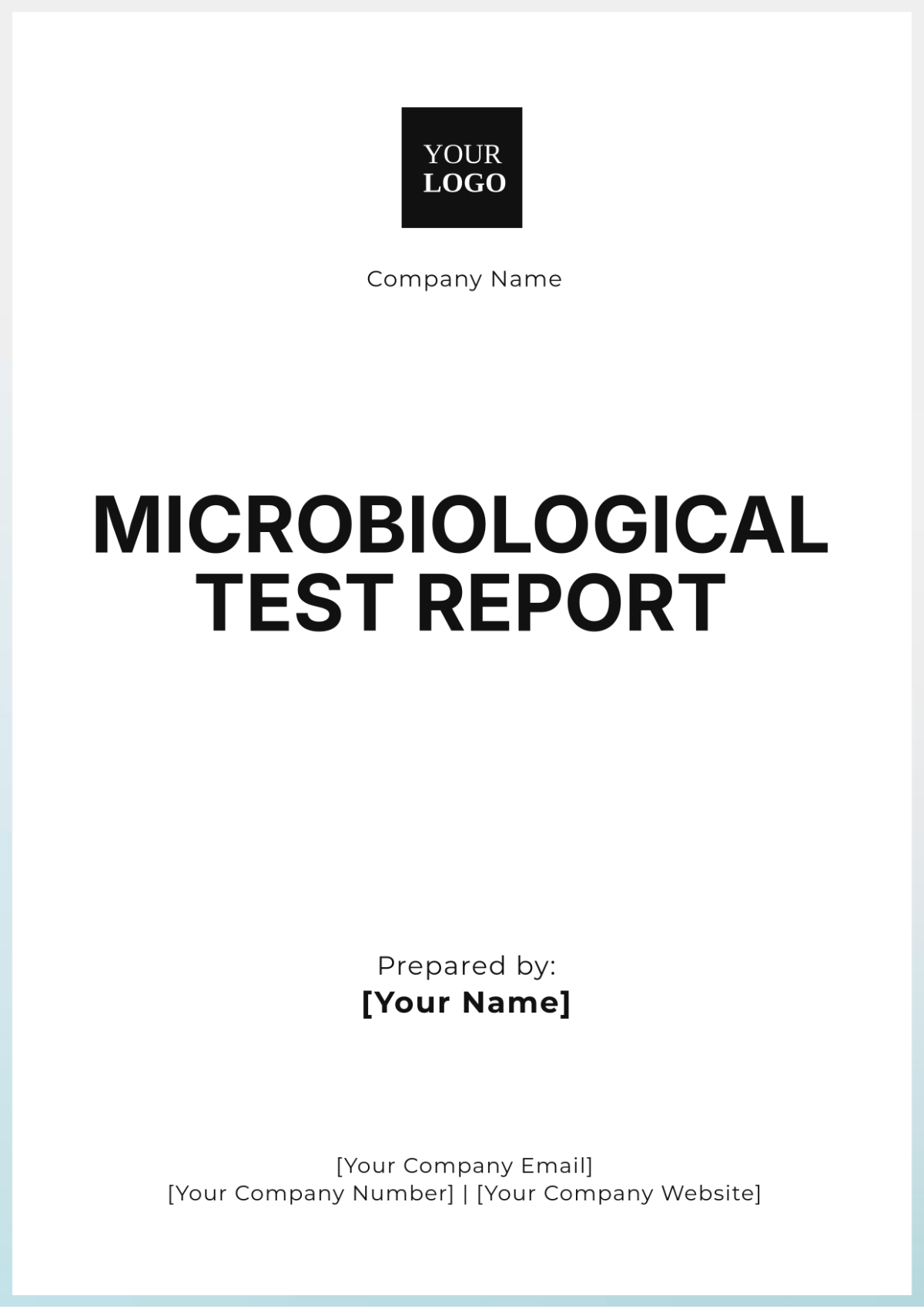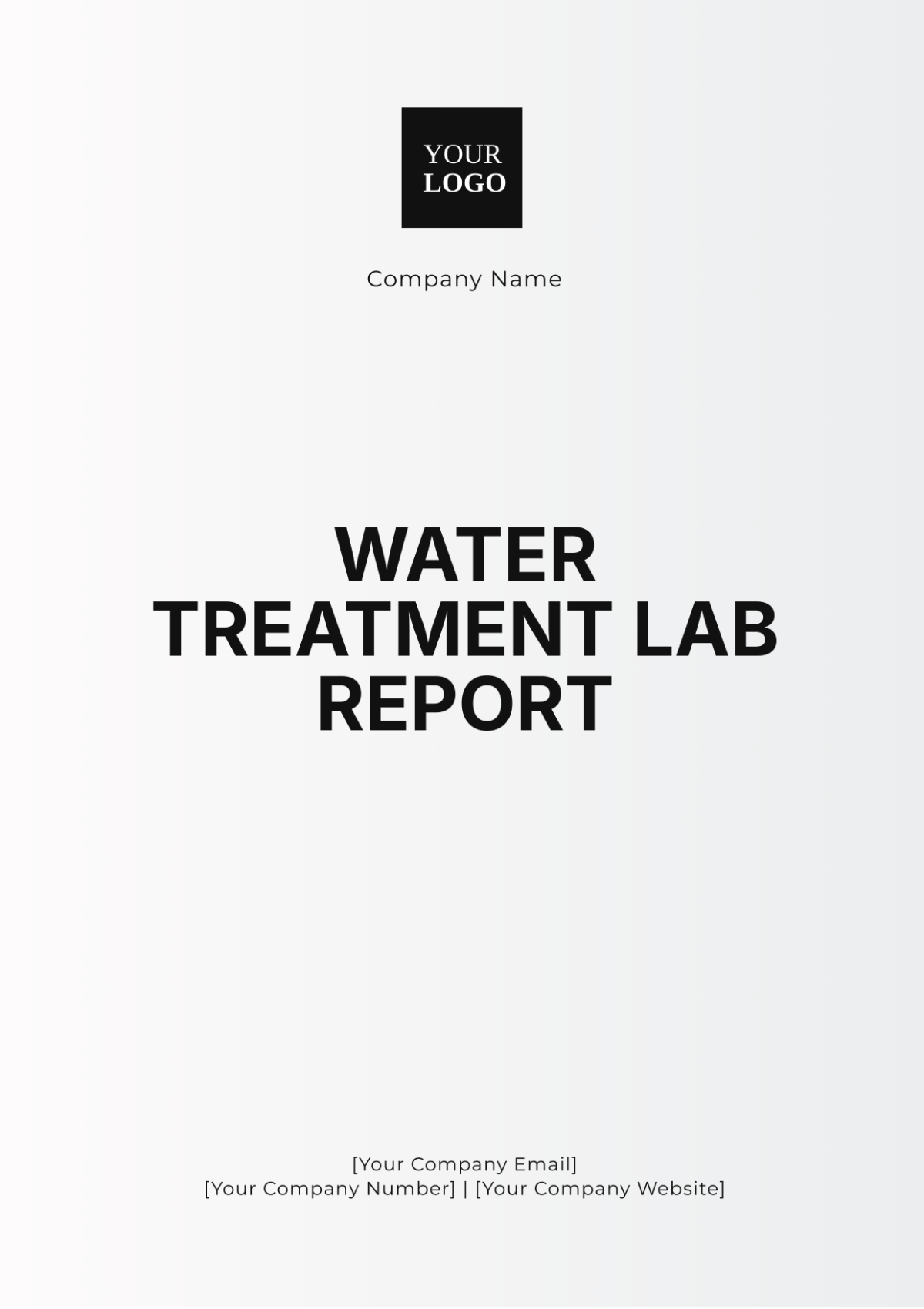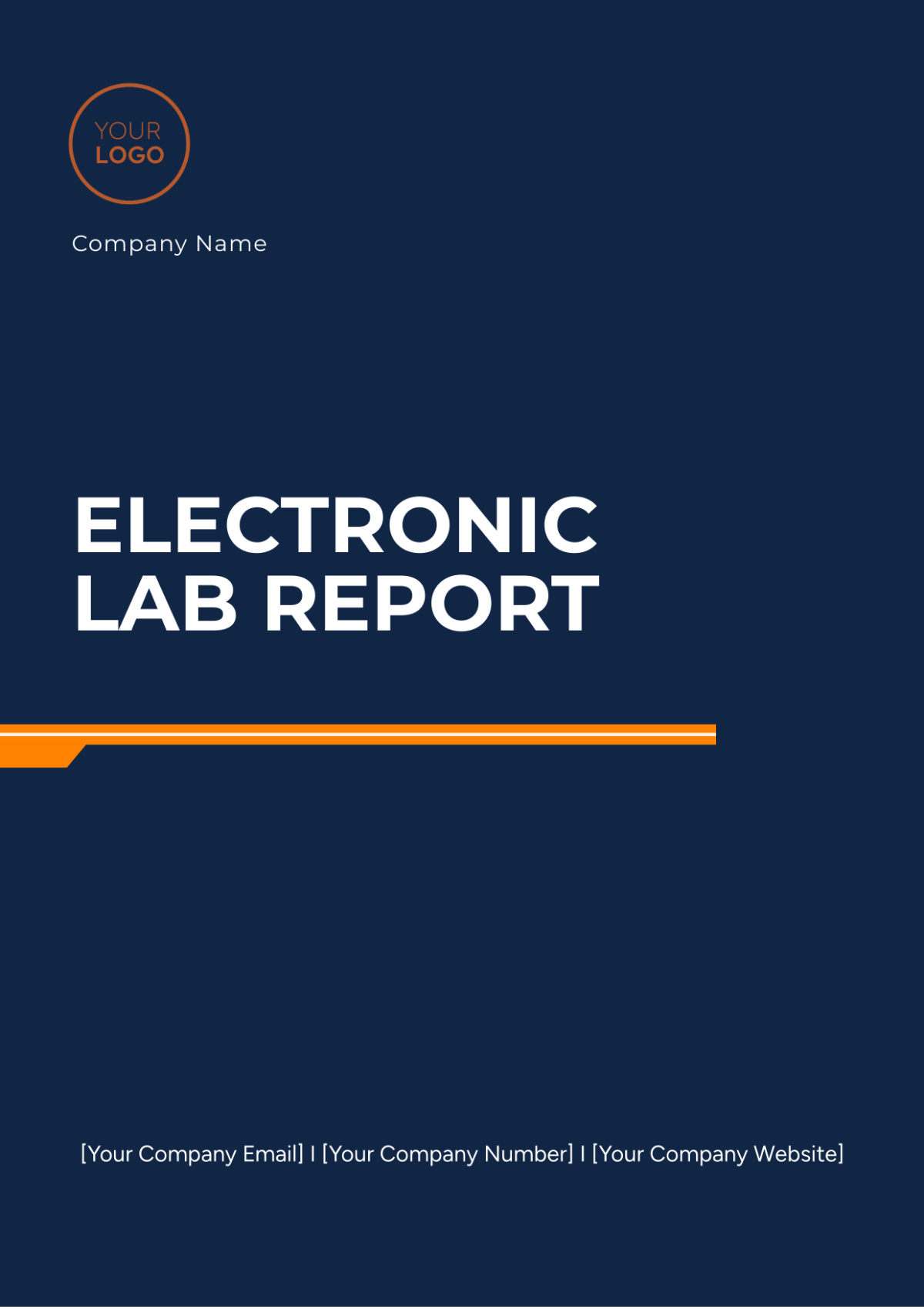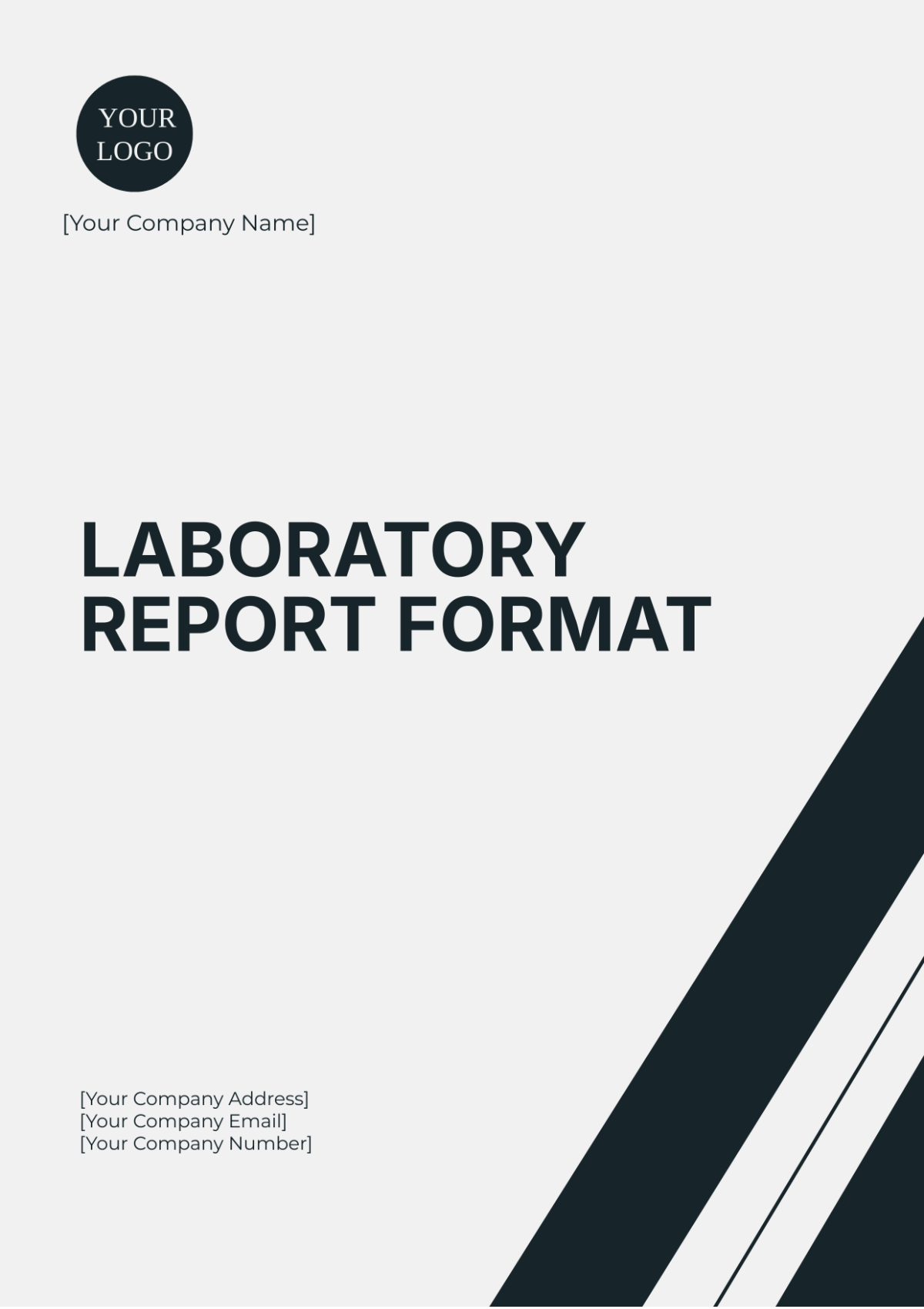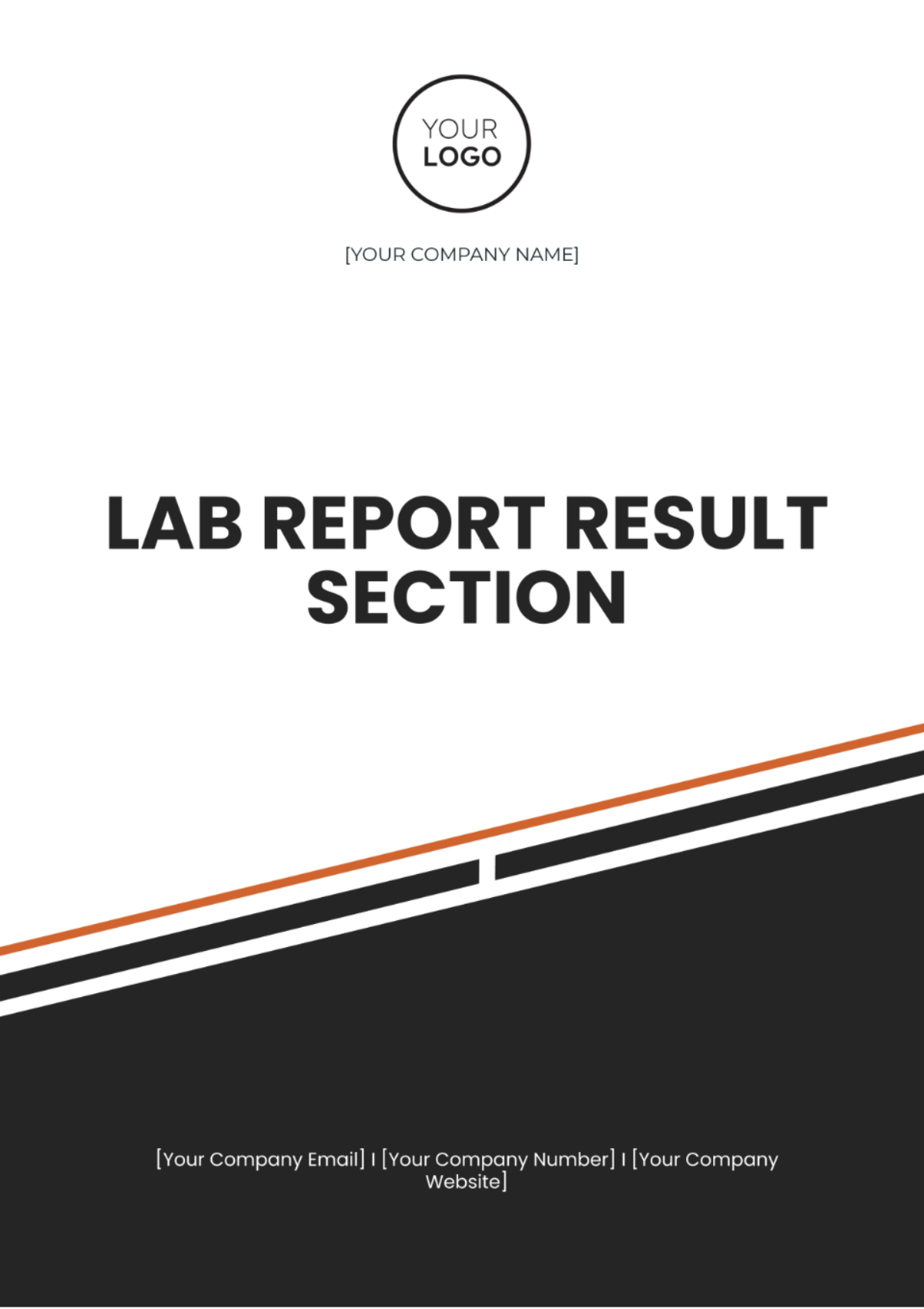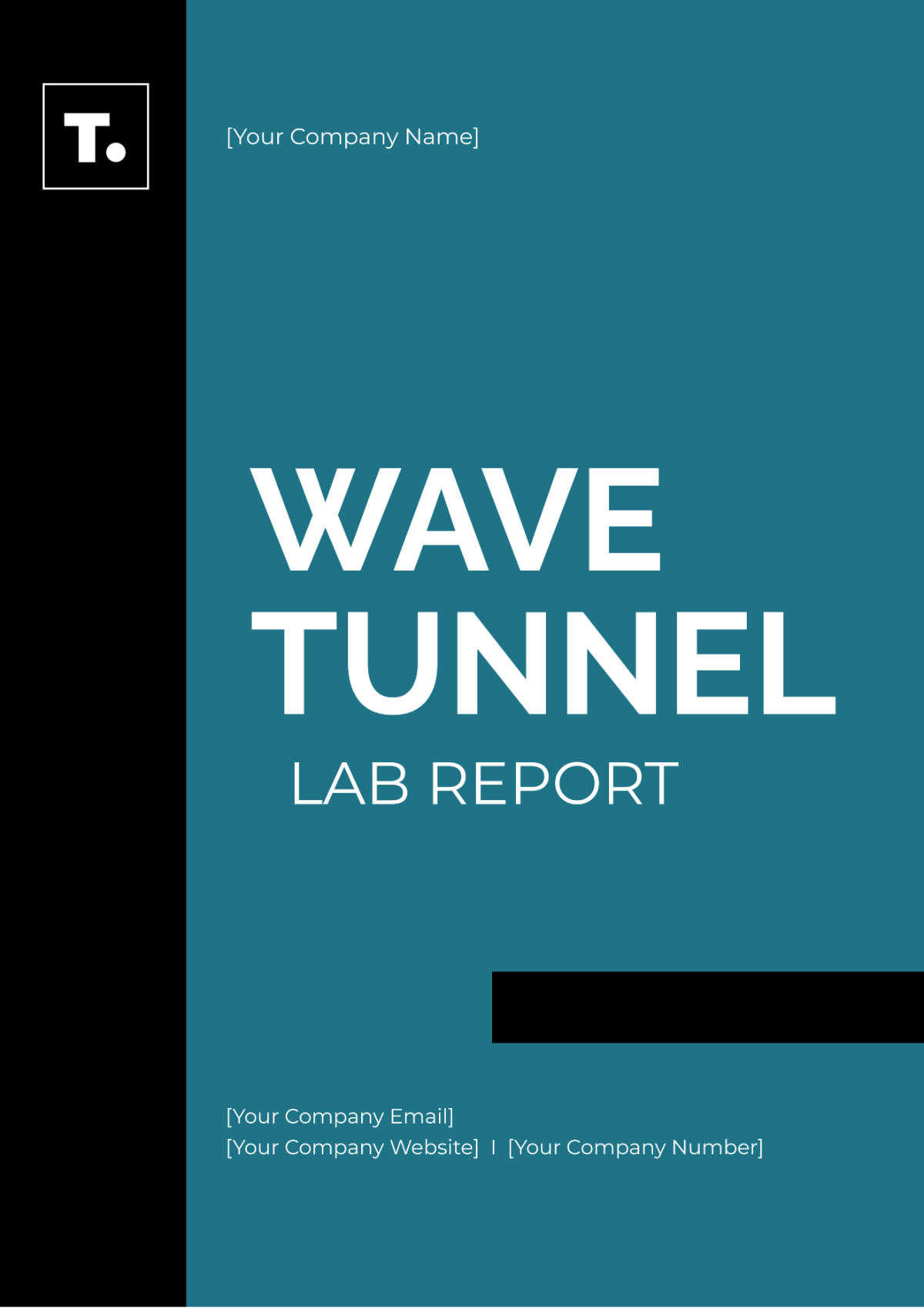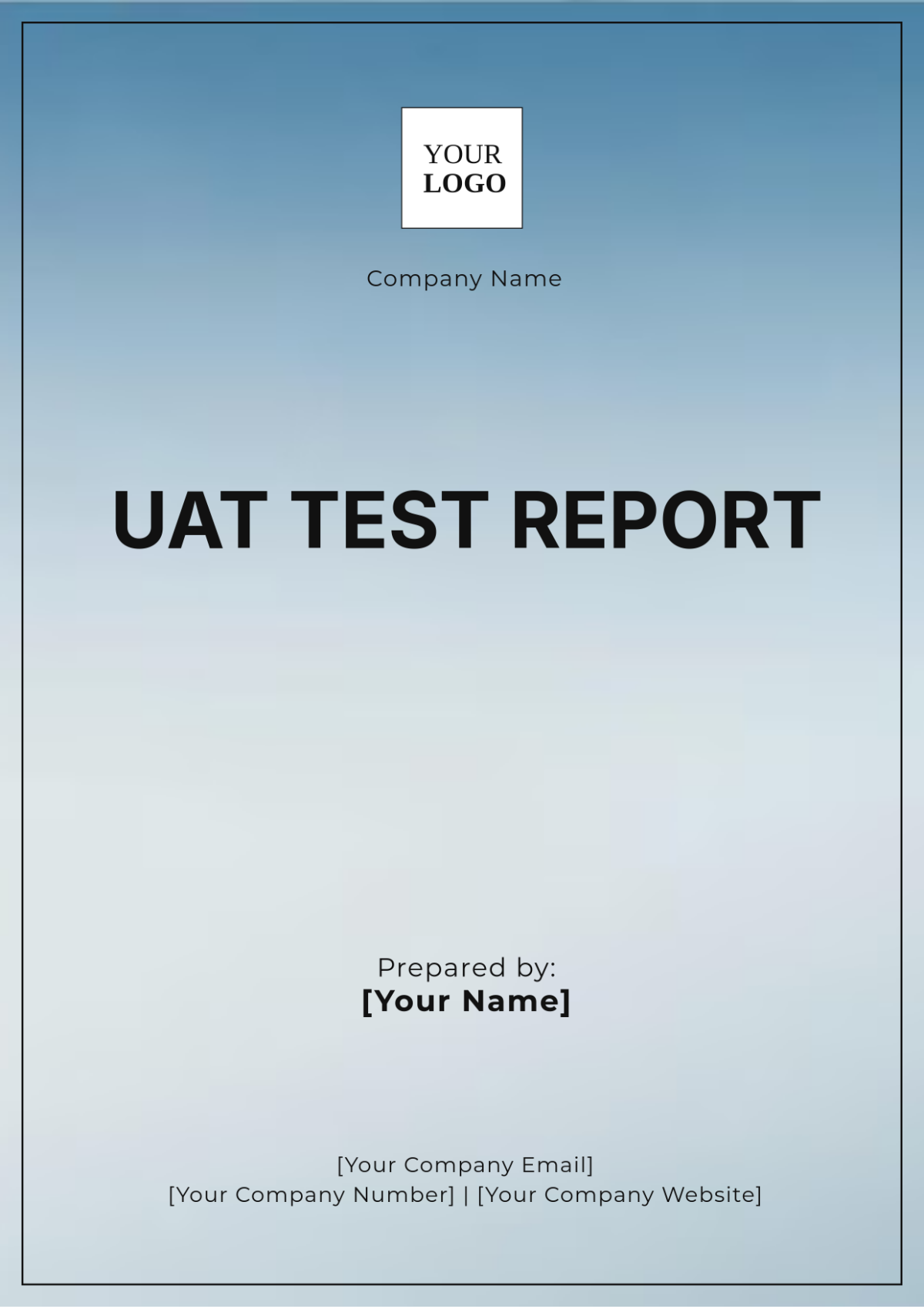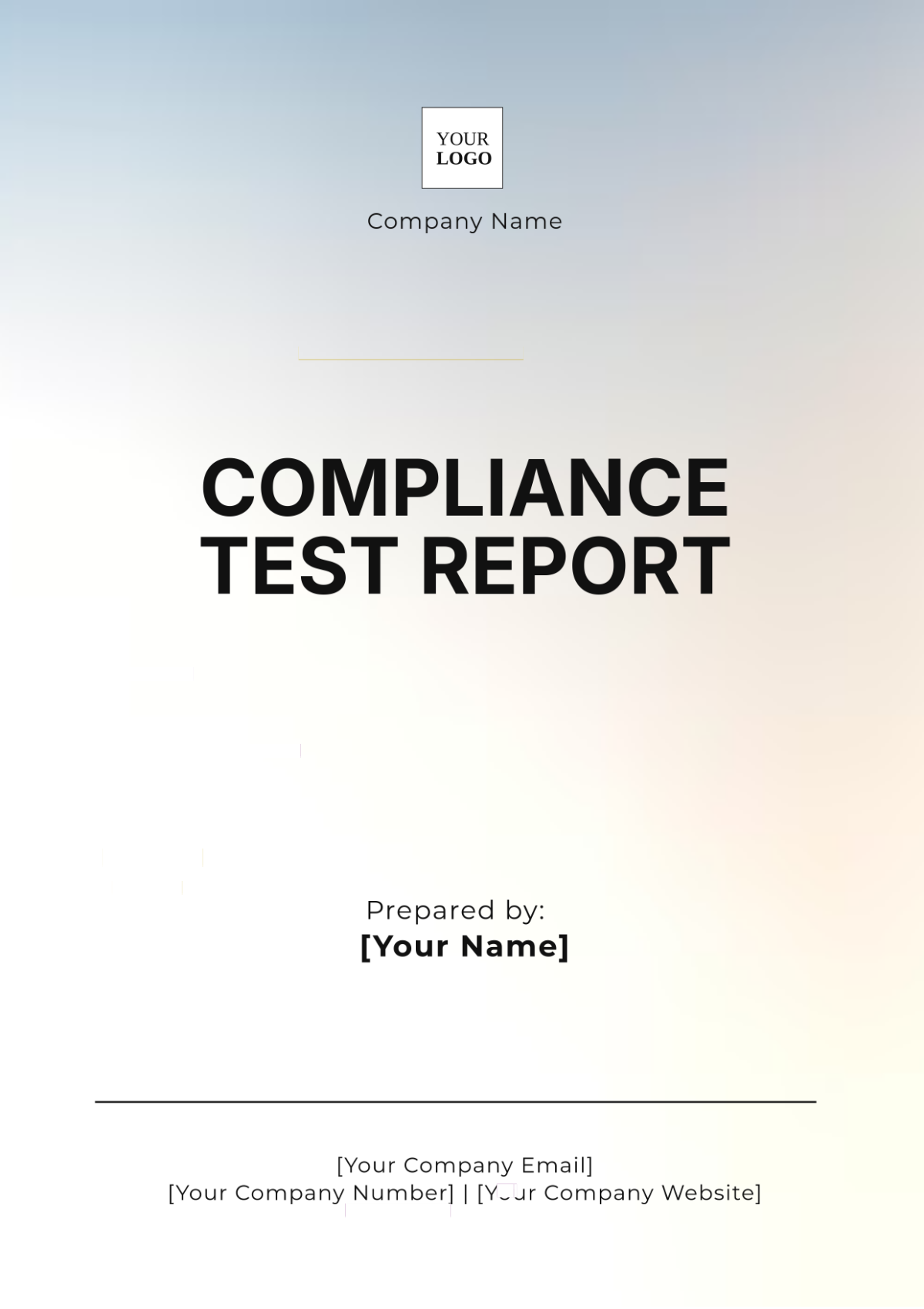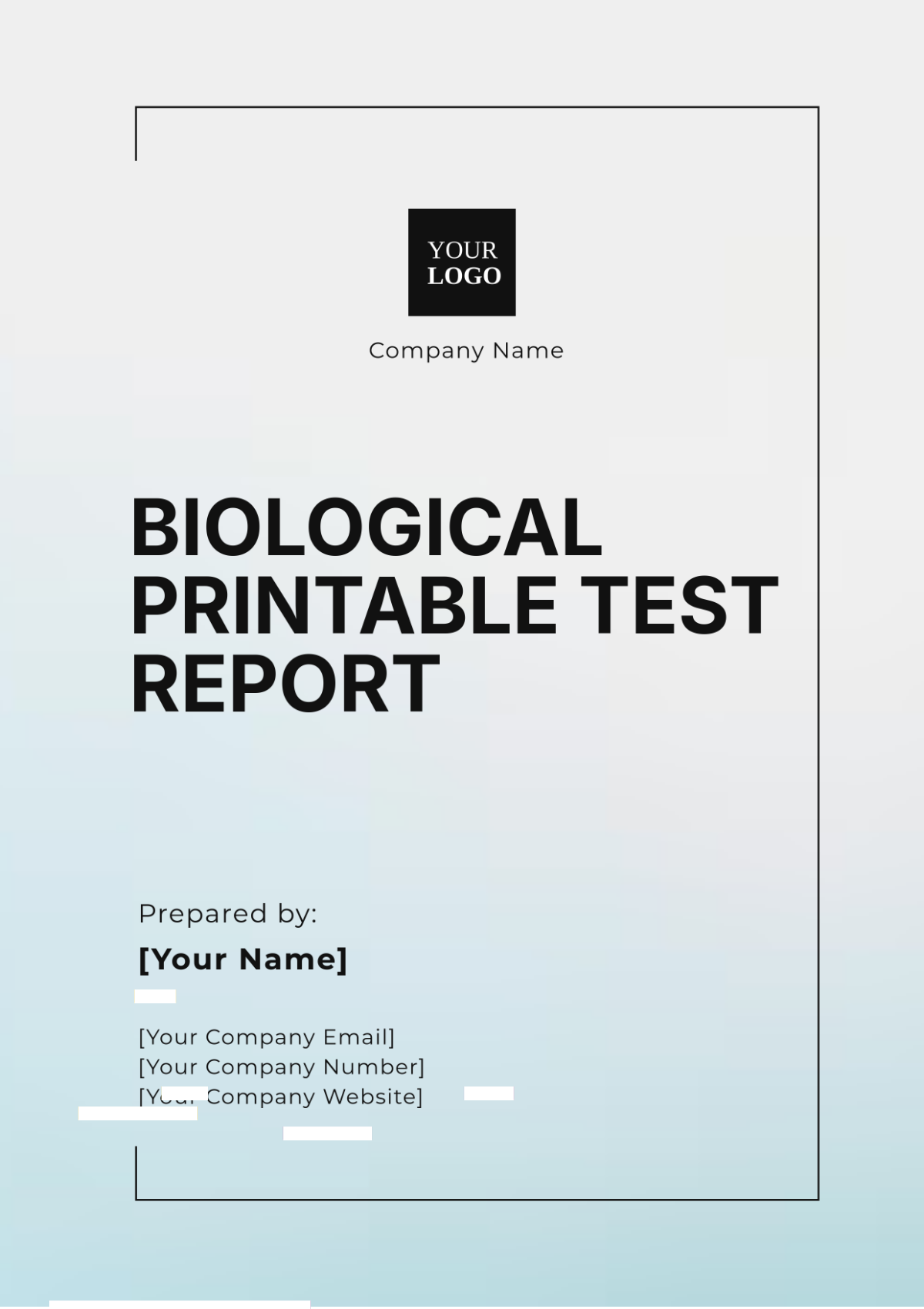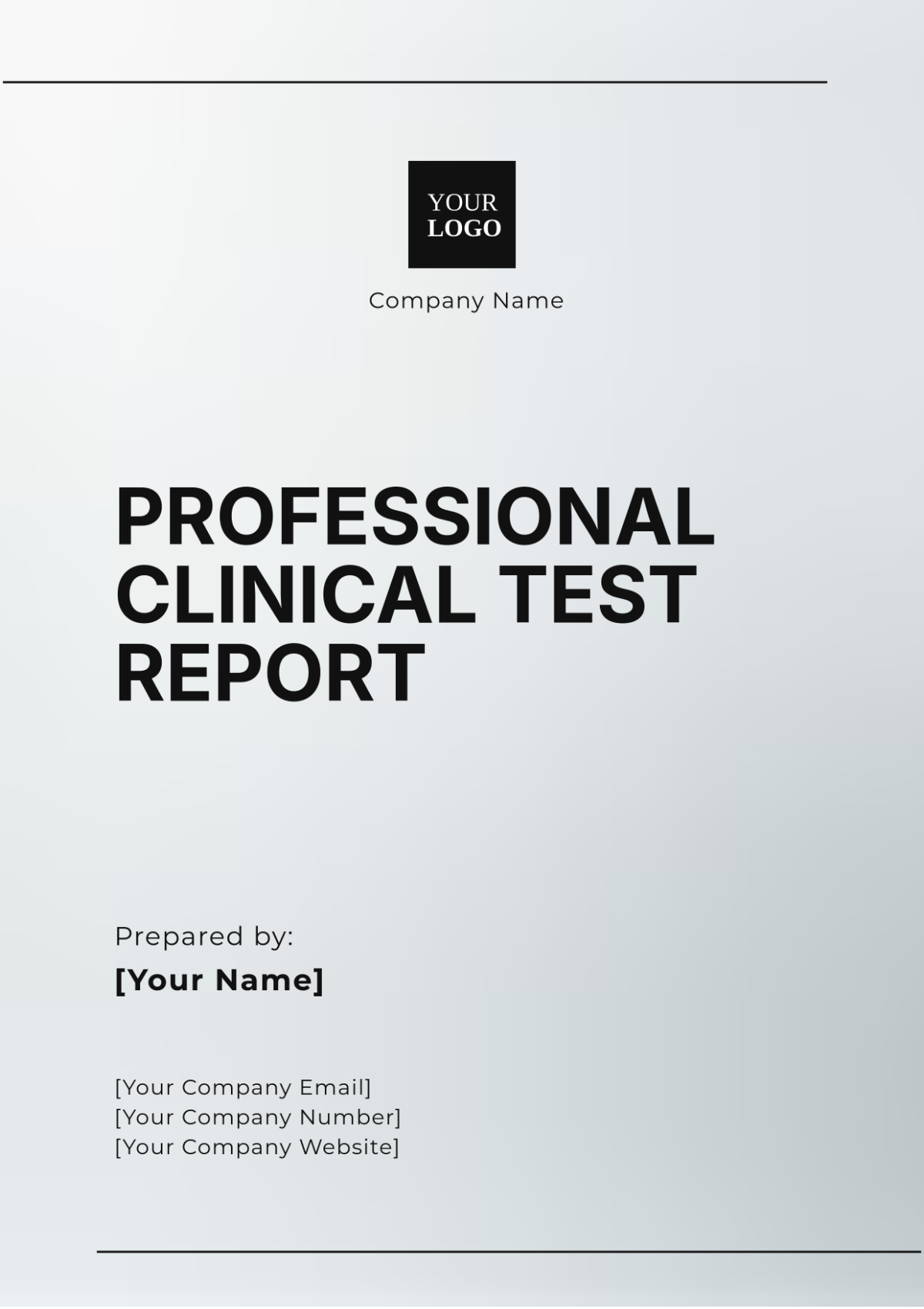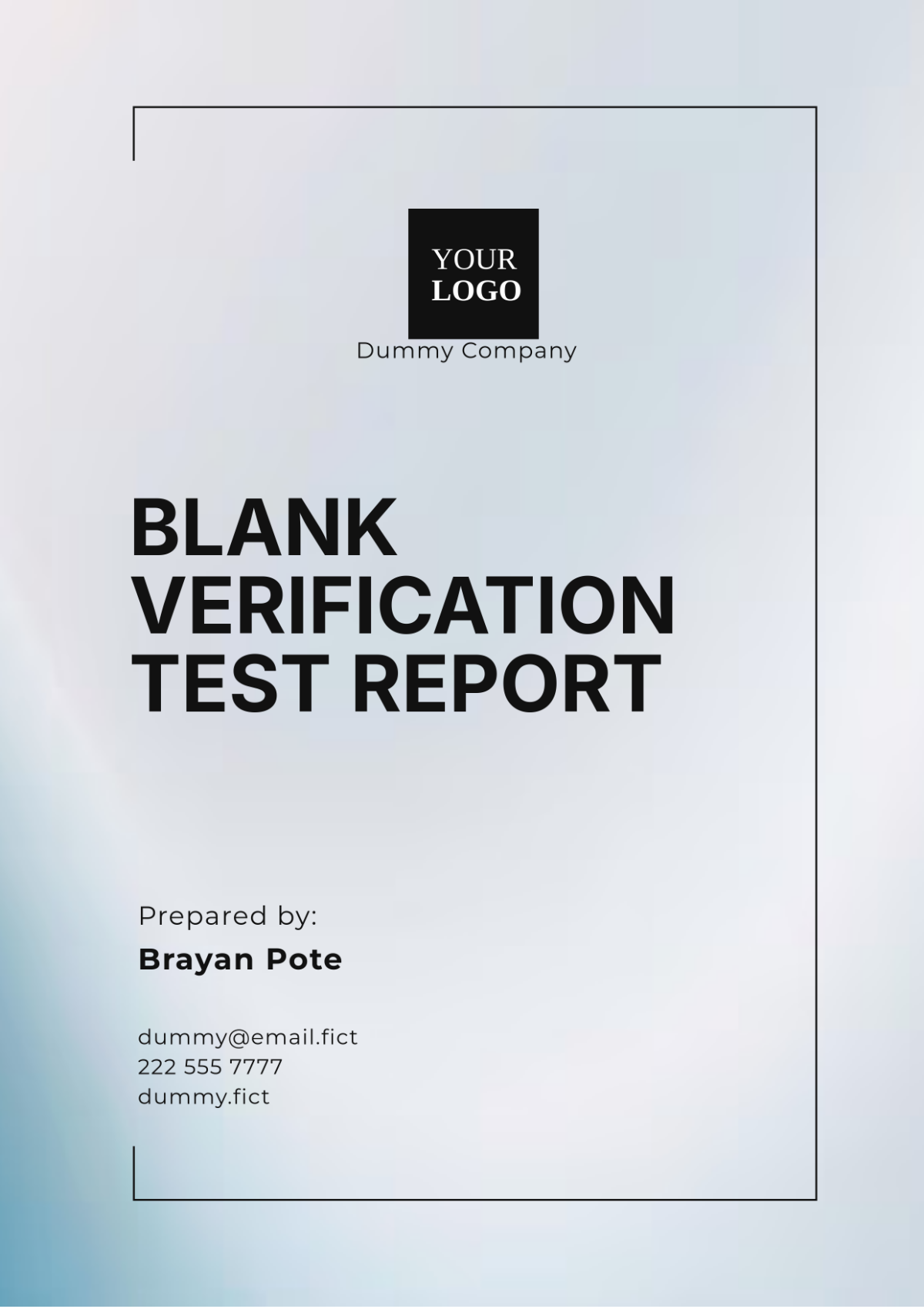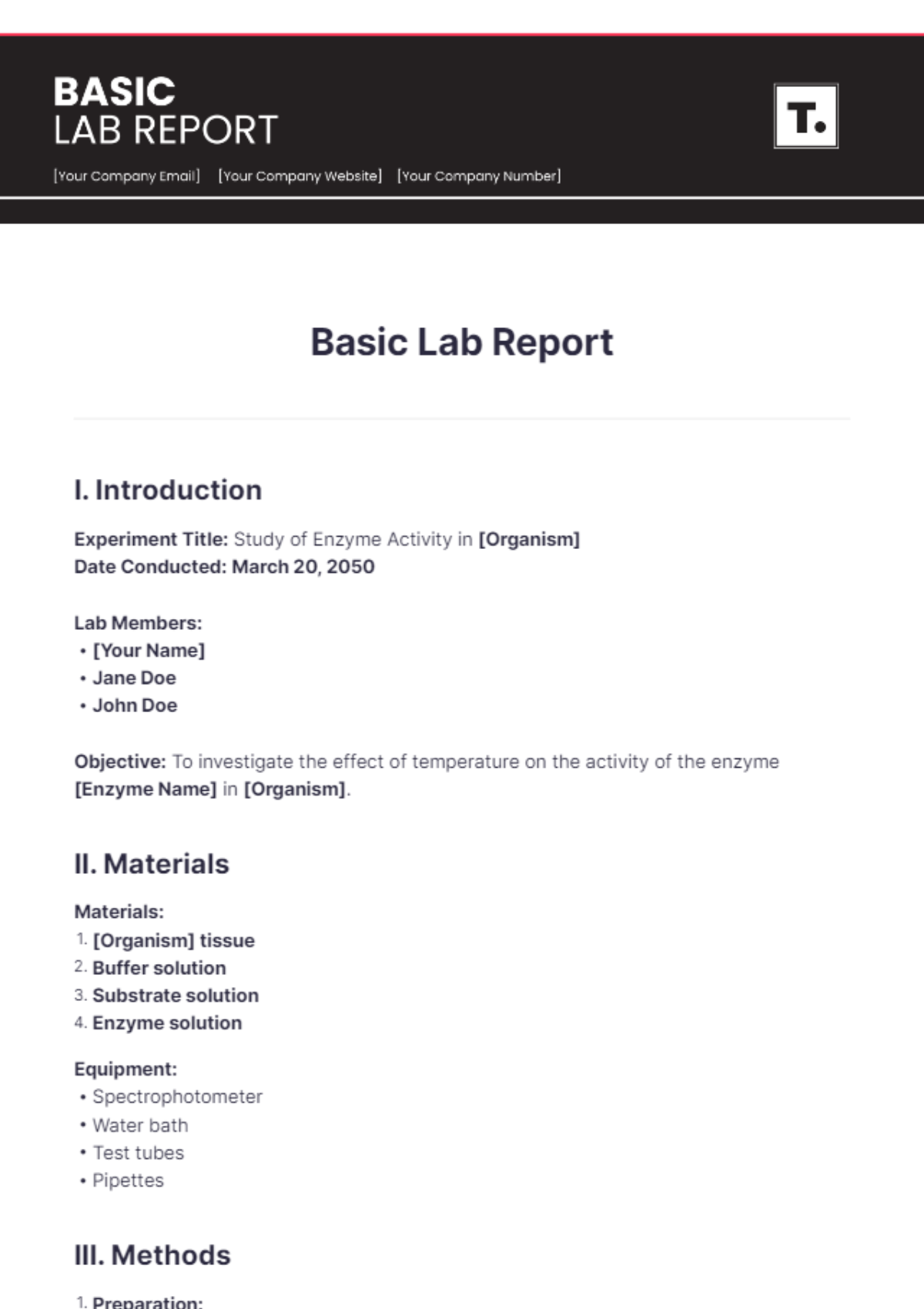Petroleum Engineering Lab Report
Introduction
This report provides a comprehensive overview of the laboratory experiments and simulations conducted within the field of petroleum engineering. The primary objective is to assess various factors influencing the efficiency of extraction, production, and refinement of petroleum. The results and analyses presented herein aim to enhance our understanding and improve methodologies employed in the petroleum industry.
Objectives
The specific objectives of the laboratory experiments and simulations are:
To evaluate the porosity and permeability characteristics of different rock samples.
To simulate reservoir behavior under various extraction techniques.
To analyze the efficiency of primary, secondary, and tertiary recovery methods.
To study the effects of various parameters on the refining process of crude oil.
Materials and Methods
Materials
The materials used in these experiments include:
Core samples from different geological formations
Crude oil samples of varying API gravities
Water and gas injection systems
Refining units for distillation, cracking, and reforming processes
Analytical instruments for measuring porosity, permeability, and viscosity
Methods
The methodologies employed in the experiments are as follows:
Core Analysis: Determination of porosity and permeability by using helium porosimetry and gas permeametry.
Reservoir Simulation: Utilizing software tools to simulate reservoir performance under different extraction scenarios.
Recovery Methods: Testing primary (natural drive), secondary (water flooding), and tertiary (chemical injection) recovery processes on reservoir models.
Refining Process: Performing distillation, catalytic cracking, and reforming on crude oil samples to study their effects on fuel quality and yield.
Results
Core Analysis
Table 1 shows the results of the porosity and permeability analysis for different rock samples.
Sample ID | Formation | Porosity (%) | Permeability (mD) |
|---|---|---|---|
S1 | Sandstone | 15.3 | 250.4 |
S2 | Limestone | 12.7 | 137.8 |
S3 | Shale | 8.5 | 35.1 |
Reservoir Simulation
The simulation results indicate that fluid displacement efficiency varies significantly with different extraction techniques. The following observations were made:
Natural drive mechanisms resulted in recovery efficiencies of around 25-30%.
Water flooding increased recovery efficiency to approximately 45-50%.
Chemical injection methods further improved efficiency to 60-65%.
Recovery Methods
Figure 1 illustrates the comparative efficiencies of primary, secondary, and tertiary recovery methods.
Refining Process
The distillation, catalytic cracking, and reforming processes provided the following results (see Table 2):
Process | Yield (%) | Product Quality |
|---|---|---|
Distillation | 85.6 | Low |
Catalytic Cracking | 70.3 | Medium |
Reforming | 50.4 | High |
Discussion
The laboratory results provide valuable insights into the properties and behaviors of petroleum in different contexts. The porosity and permeability analysis helps in understanding the nature of reservoir rocks, which is critical for planning extraction operations. The reservoir simulation results highlight the importance of selecting appropriate recovery methods to maximize production efficiency.
Furthermore, the refining process results demonstrate that although distillation yields the highest amount of product, the quality is comparatively lower. Advanced refining techniques like catalytic cracking and reforming are essential to producing high-quality fuels, even though they might result in lower yields.
Conclusion
This lab report presents the findings from various petroleum engineering experiments and simulations that contribute significantly to the field. By analyzing core samples, simulating reservoir behaviors, and evaluating recovery methods, we can make informed decisions that enhance petroleum production and refining processes. Future research should focus on optimizing these methods and exploring new technologies to further improve efficiencies.
References
1. Ahmed, T. Reservoir Engineering Handbook. Gulf Professional Publishing.
2. Lake, L. W. Enhanced Oil Recovery. Prentice Hall.
3. Speight, J. G. The Chemistry and Technology of Petroleum. CRC Press.






